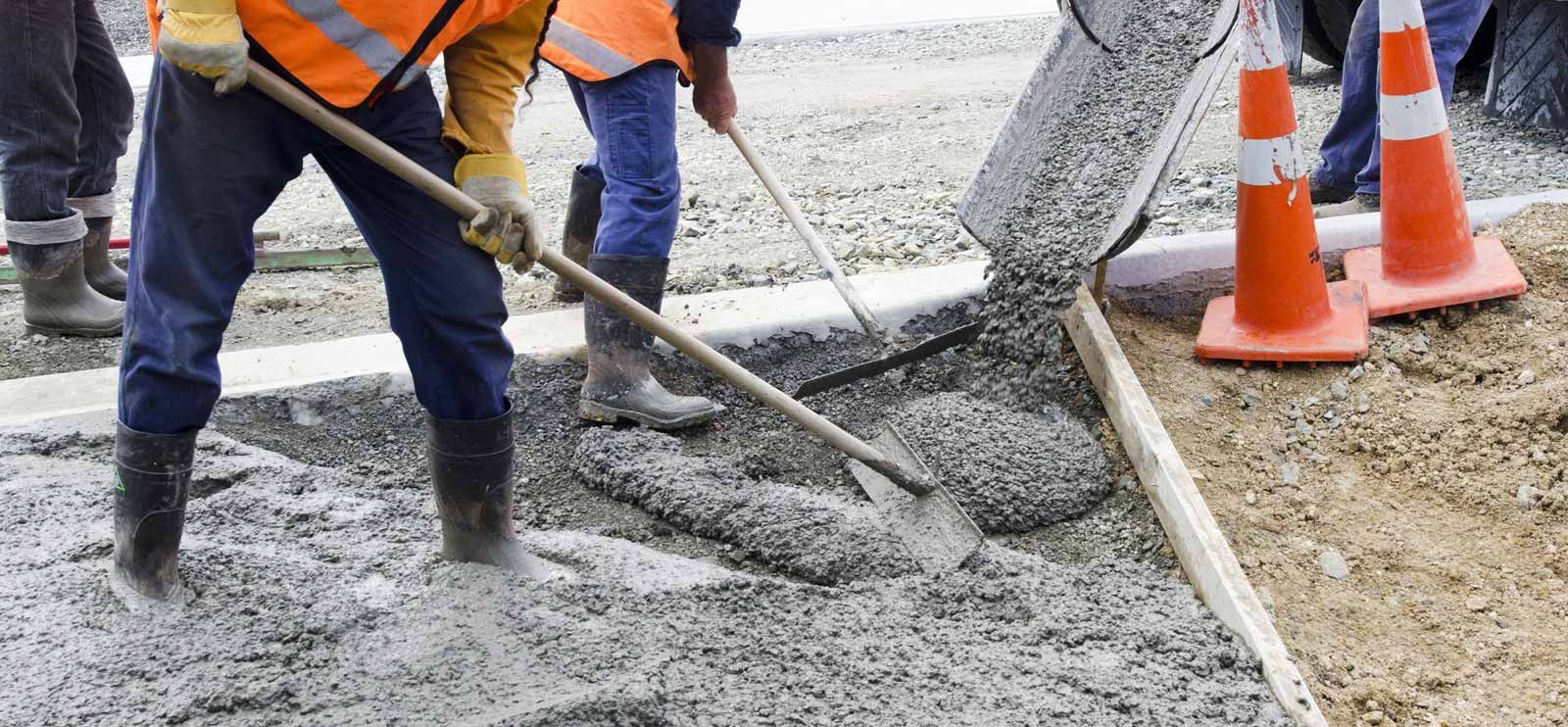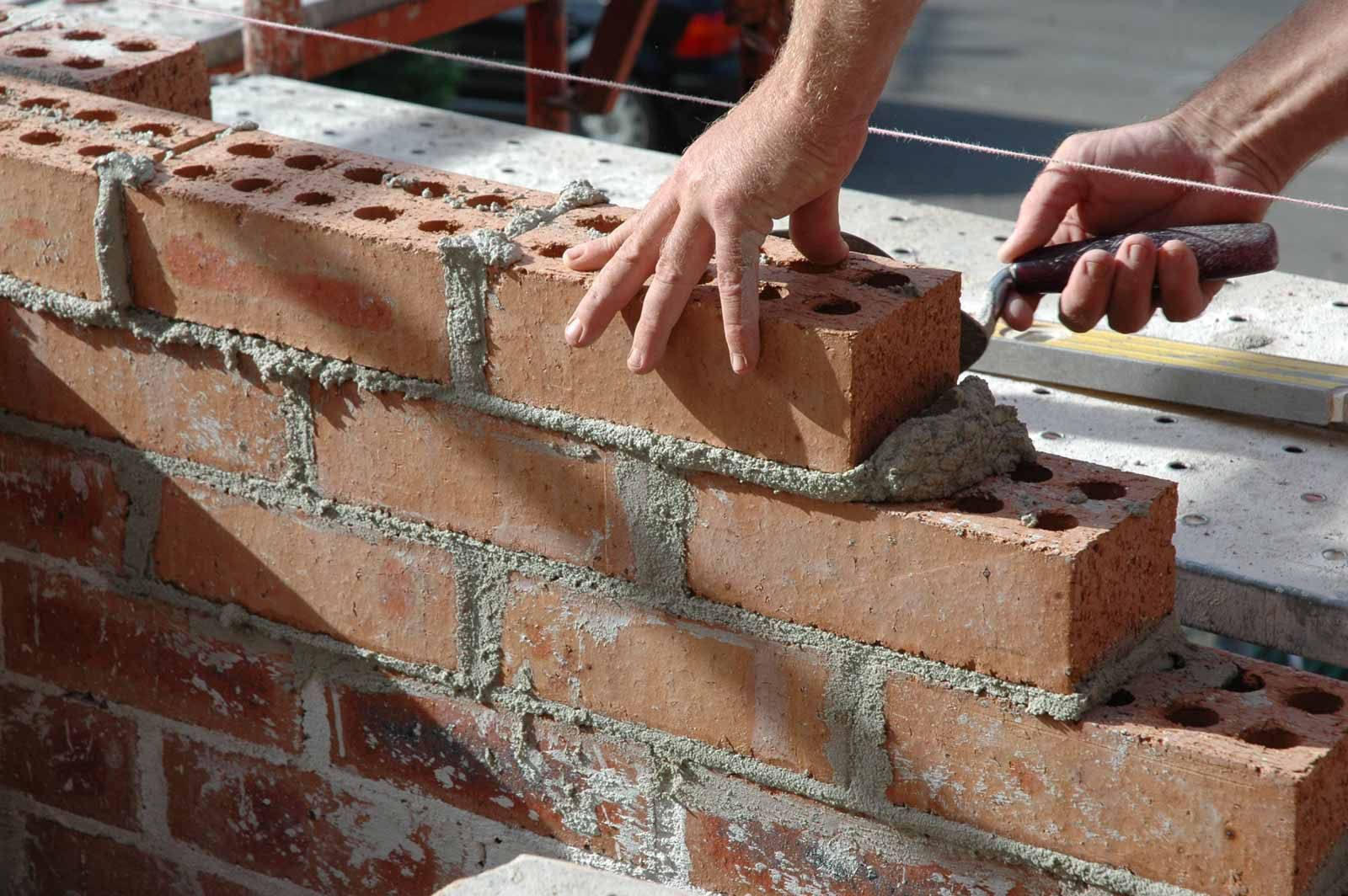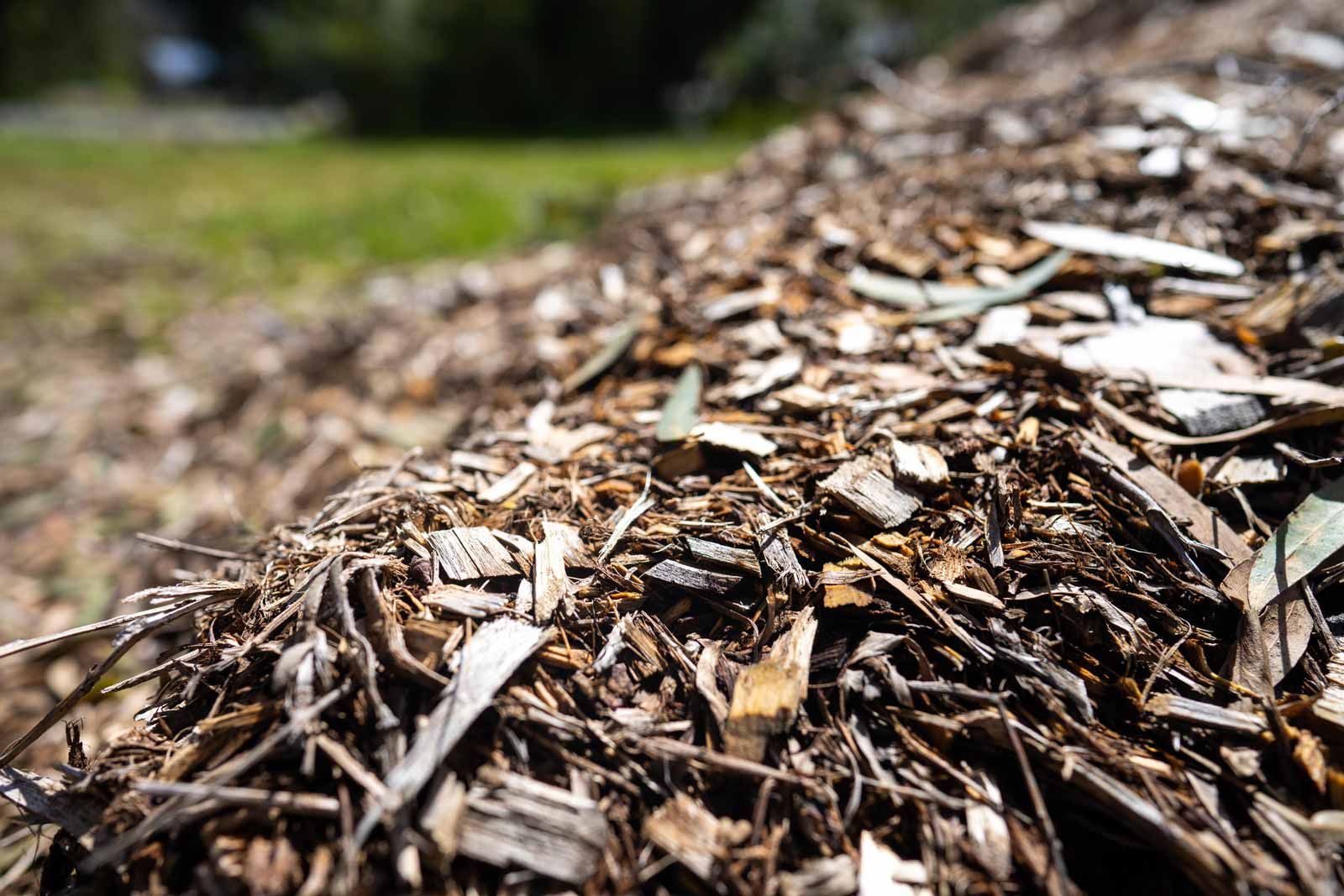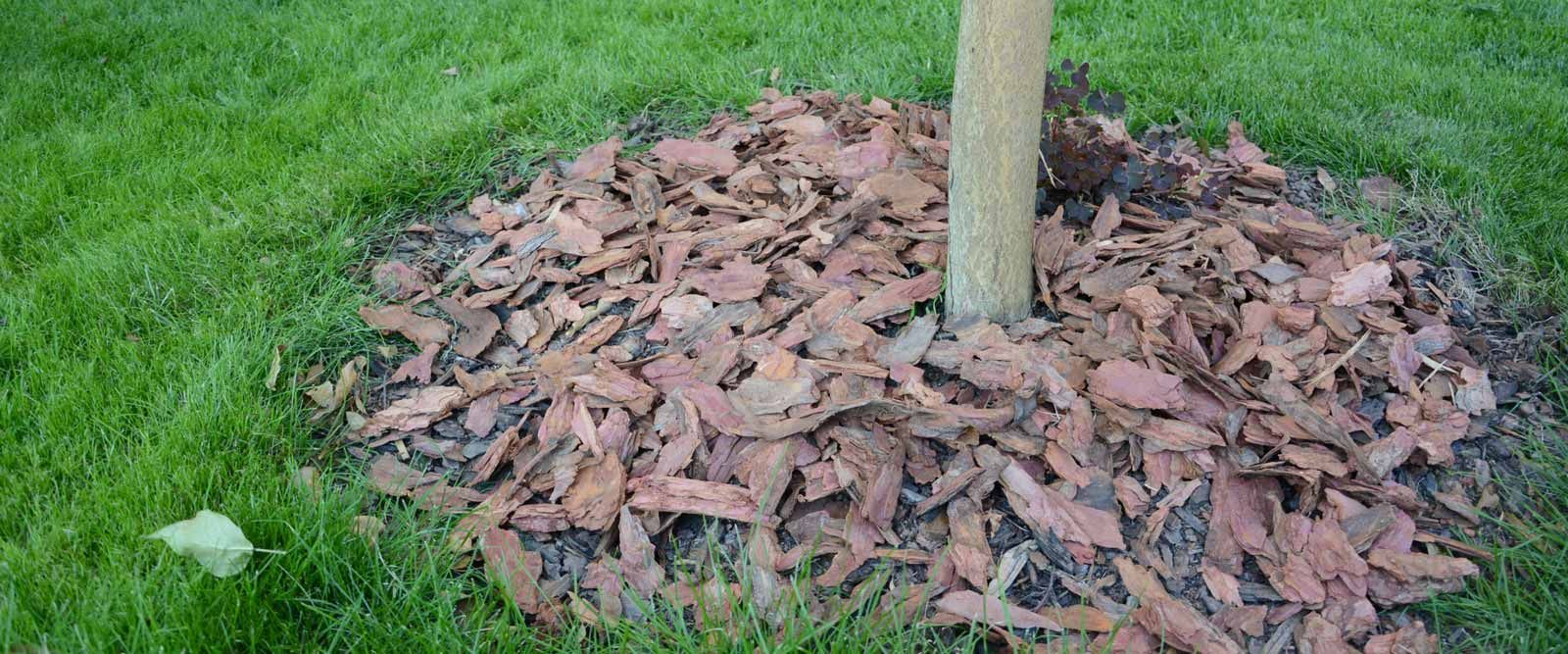What is coarse sand used for?
Whether it’s for construction, landscaping, or even gardening, your choice of sand can significantly impact the outcome of your project. Coarse sand, a commonly used material, has an adaptability and natural composition that makes it a highly sought after sand type. This blog aims to explore the diverse applications and advantages associated with coarse sand.
The common applications of coarse sand
Coarse sand serves a multitude of purposes and is frequently used in construction, landscaping, paving, and bricklaying. In construction, it’s a crucial element in concrete mixtures, lending strength and durability to structures while its larger particles improve drainage and fend off cracks. Landscapers utilise coarse sand to enhance soil drainage and aeration, maintaining a balanced moisture environment that safeguards plants from waterlogging. In paving projects, it acts as a foundational layer beneath pavers, ensuring stability, uniform weight distribution, and preventing displacement. Additionally, in bricklaying, coarse sand finds its place in mortar mixtures, enhancing bonding through added texture and strength.
Coarse sand - your building block for quality projects
Whether you’re constructing a new building, revamping your garden, or embarking on a DIY project, coarse sand is an invaluable asset. When it comes to sourcing the highest quality coarse sand and other landscaping materials, SEQ Landscape Supplies is your one-stop supplier. With competitive pricing and expert advice, it’s never been easier to get everything you need to make your project a success. Check out our products page to view our full range and place an order.
Additional FAQs
-
Is coarse sand the same as river sand?
No, they are not the same. Coarse sand has larger particles and is commonly used in construction and landscaping, while river sand is finer and often used in concrete production.
-
Is coarse sand good for lawns?
Yes, coarse sand can benefit lawns by improving drainage and reducing compaction. It helps maintain healthy soil conditions for grass growth.
-
Can you use coarse sand for mortar?
Absolutely! Coarse sand is commonly used in mortar mixtures for bricklaying. It adds strength and texture to the mortar, making it an essential component in construction projects.

1 Quarry Rd, Stapylton QLD 4207 Australia
Trading Hours
- Mon - Fri
- -
- Saturday
- -
- Sunday
- Closed
© 2023 SEQ Landscape Supplies.
Information












